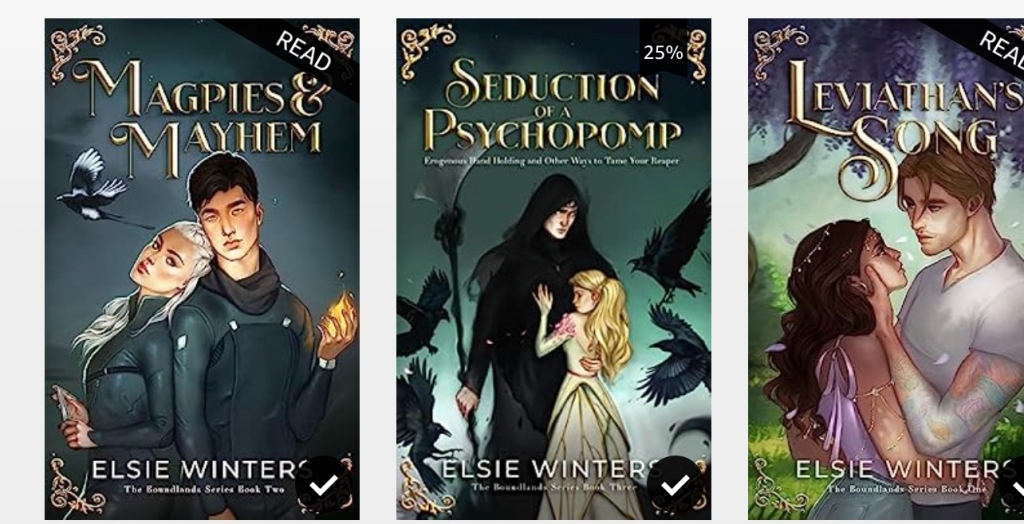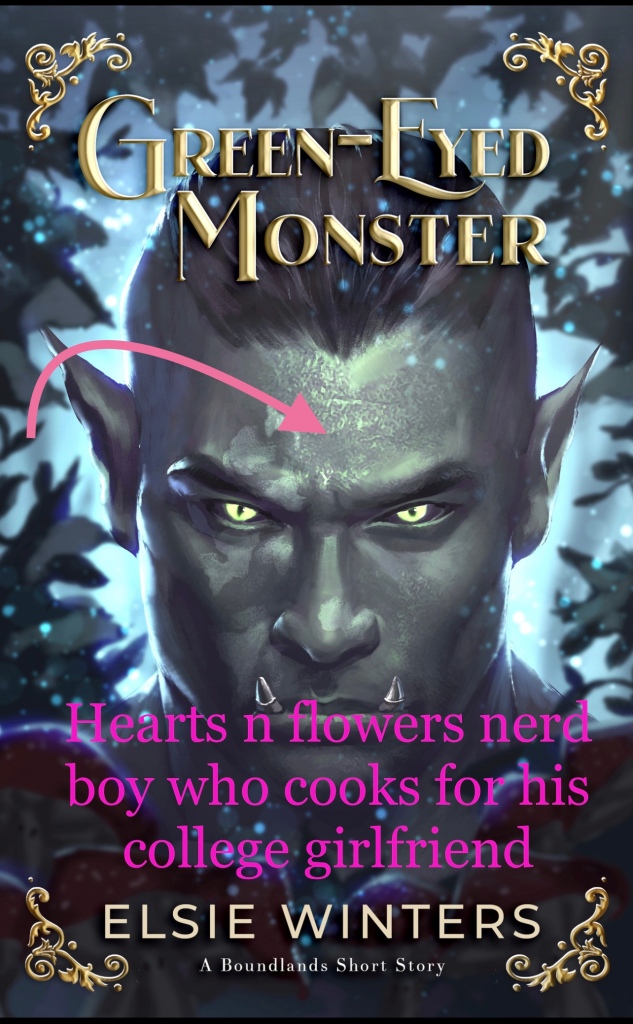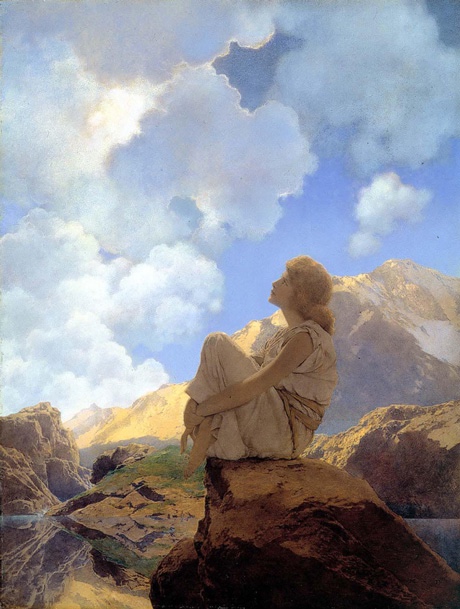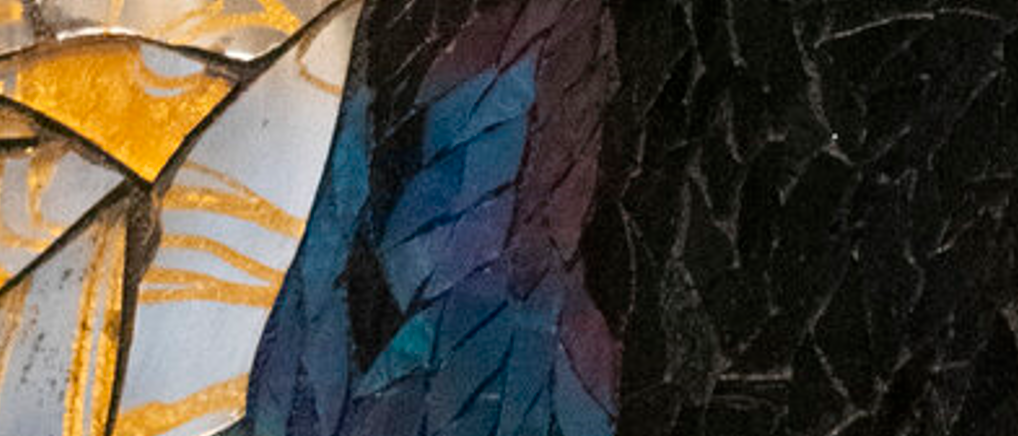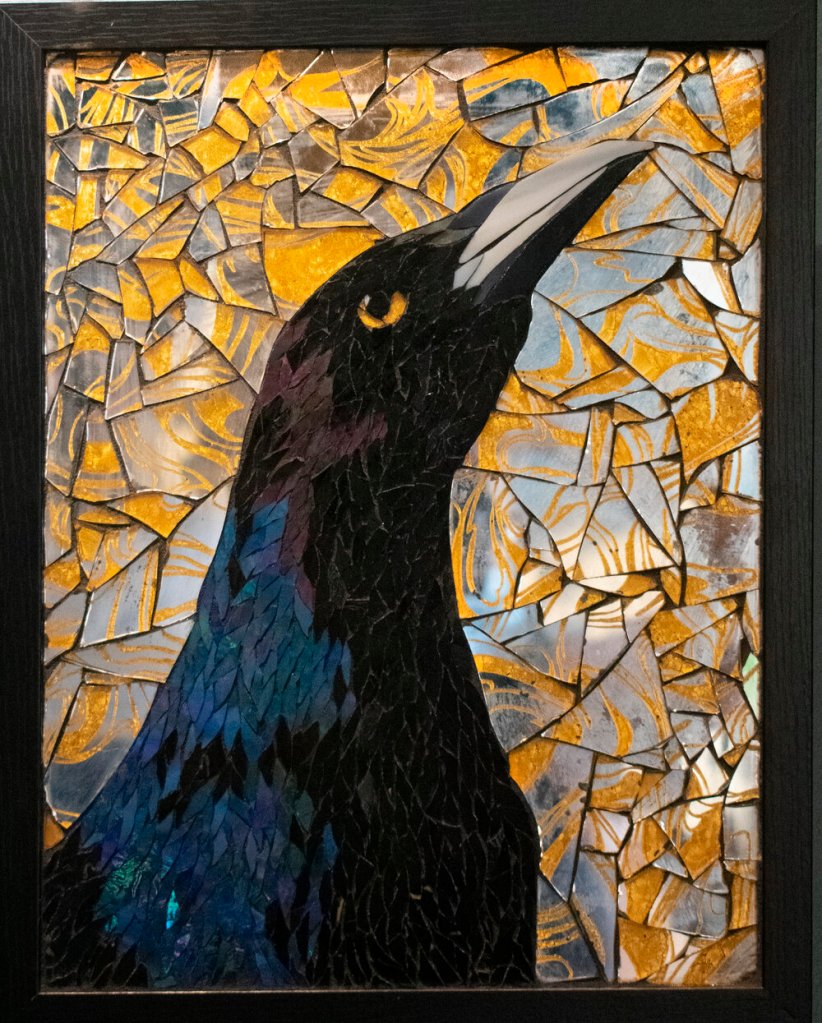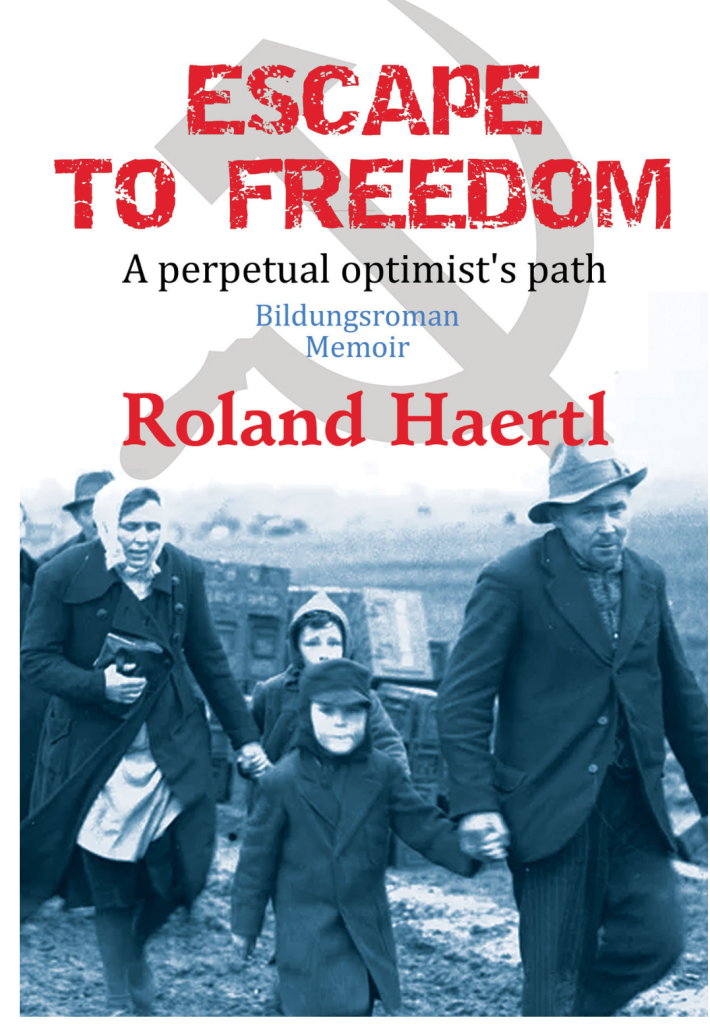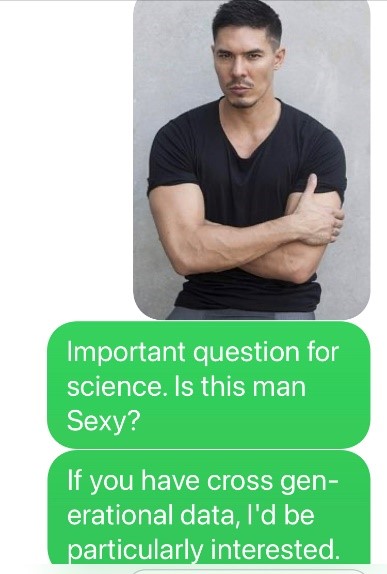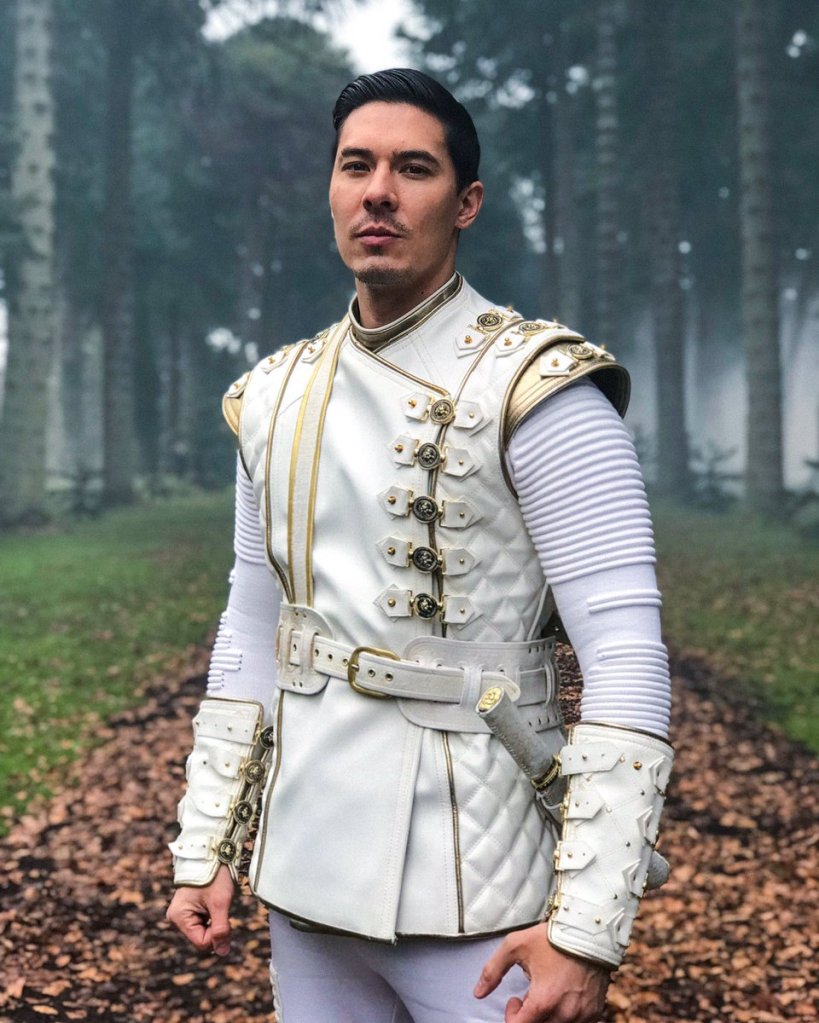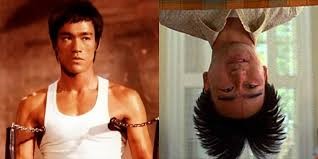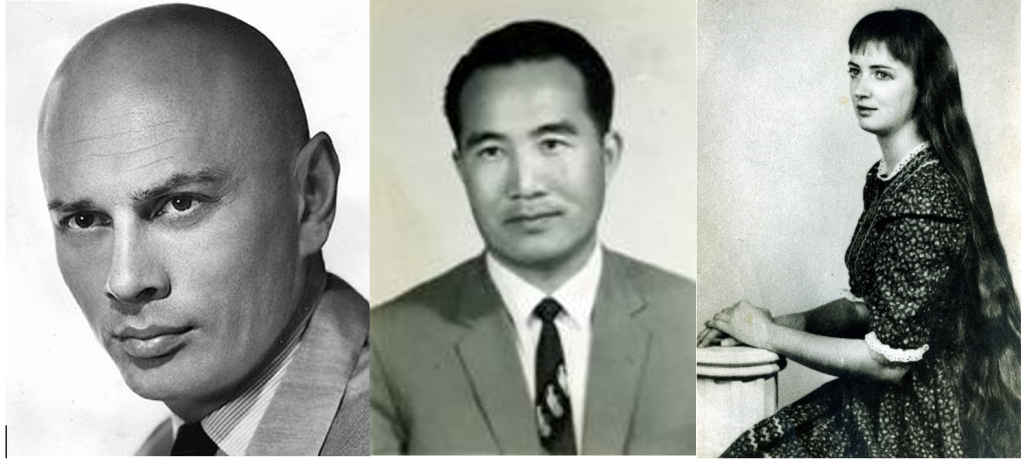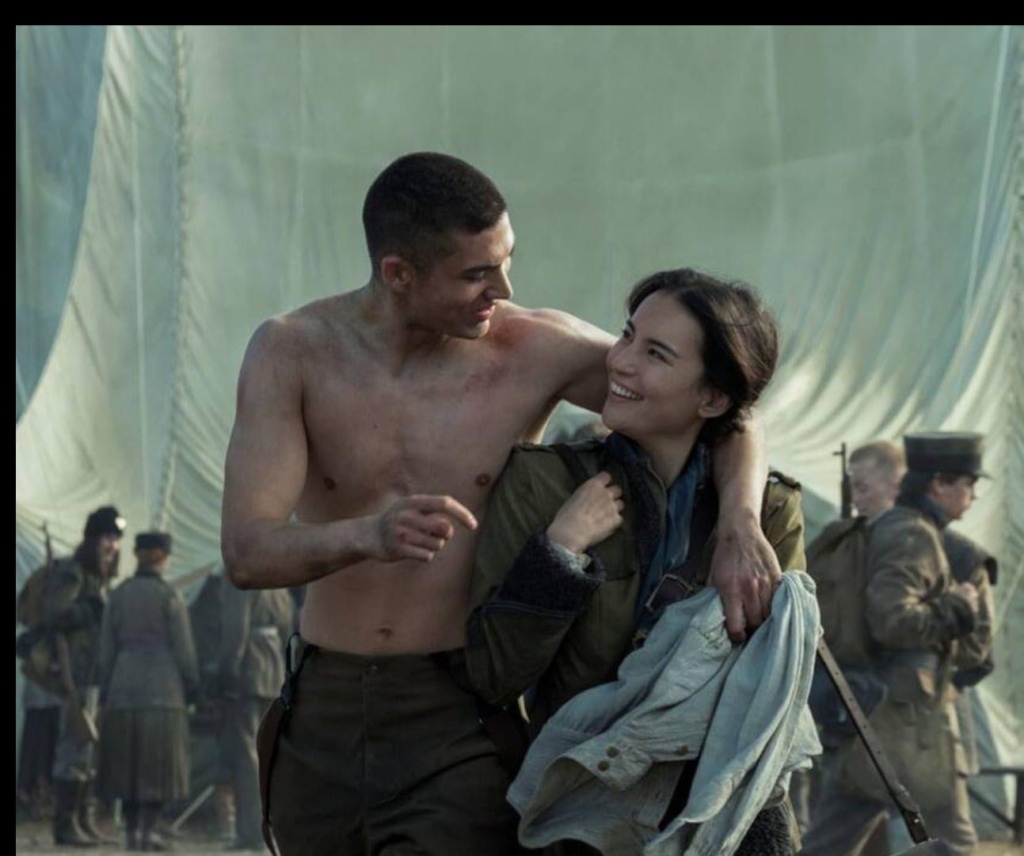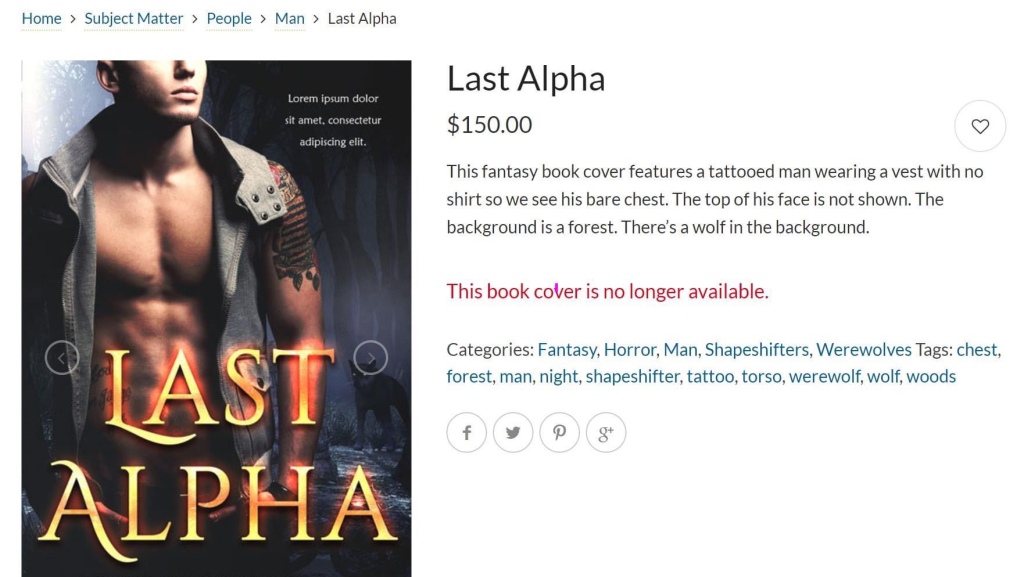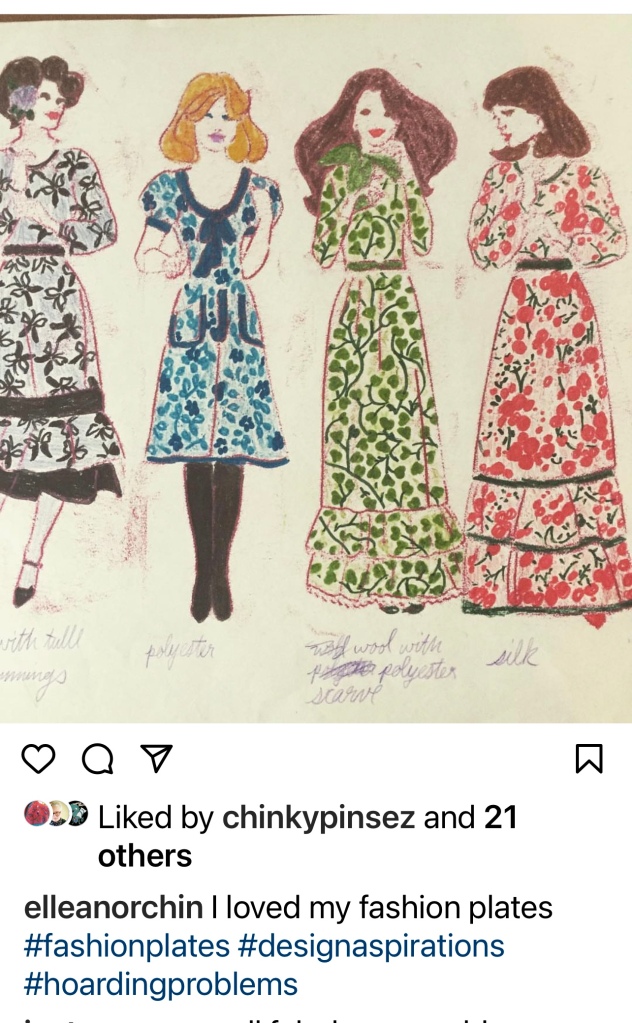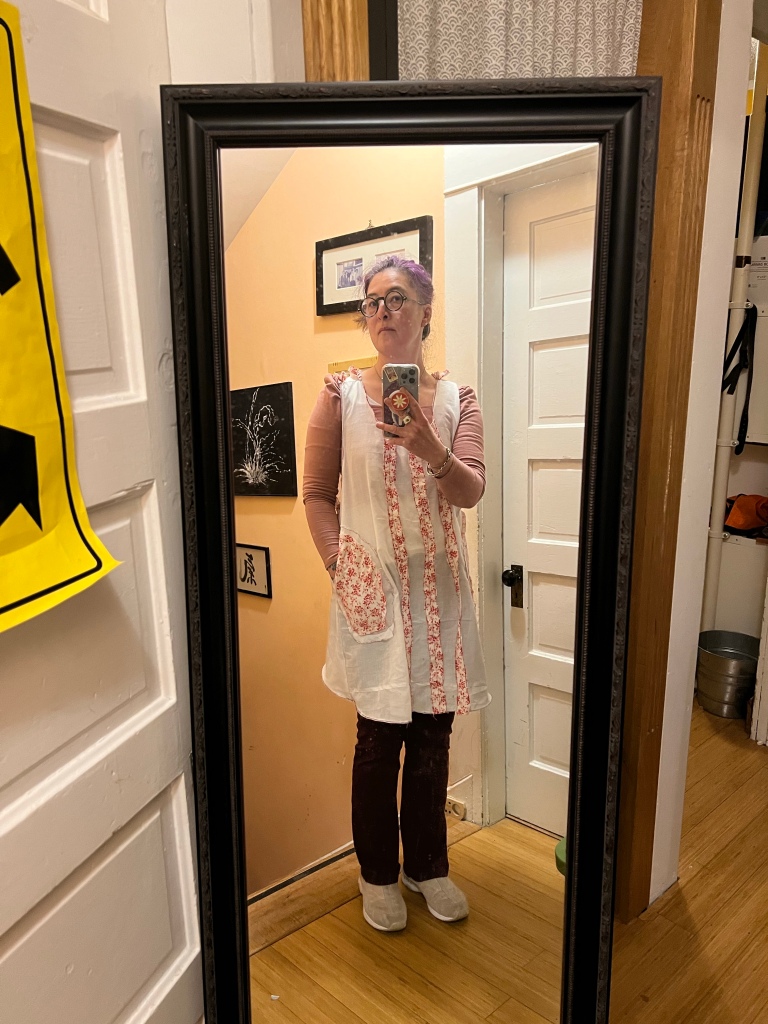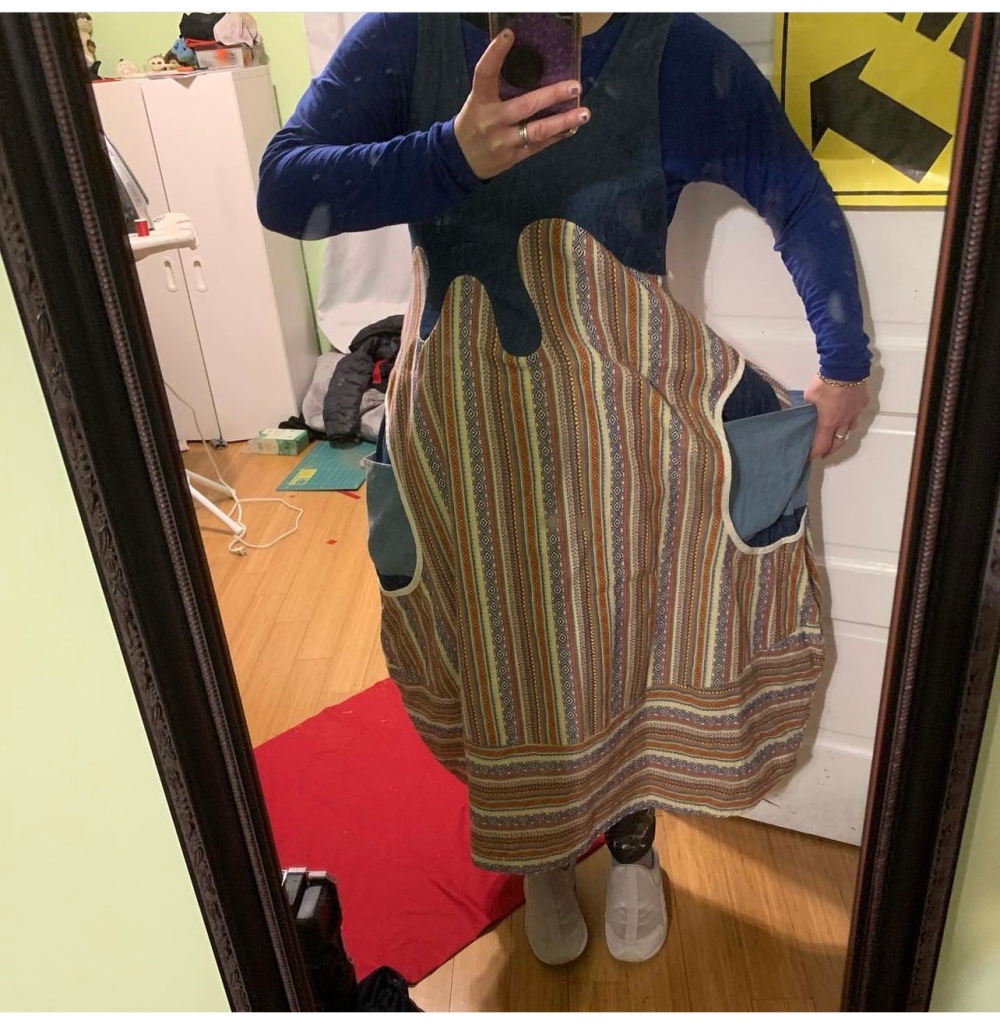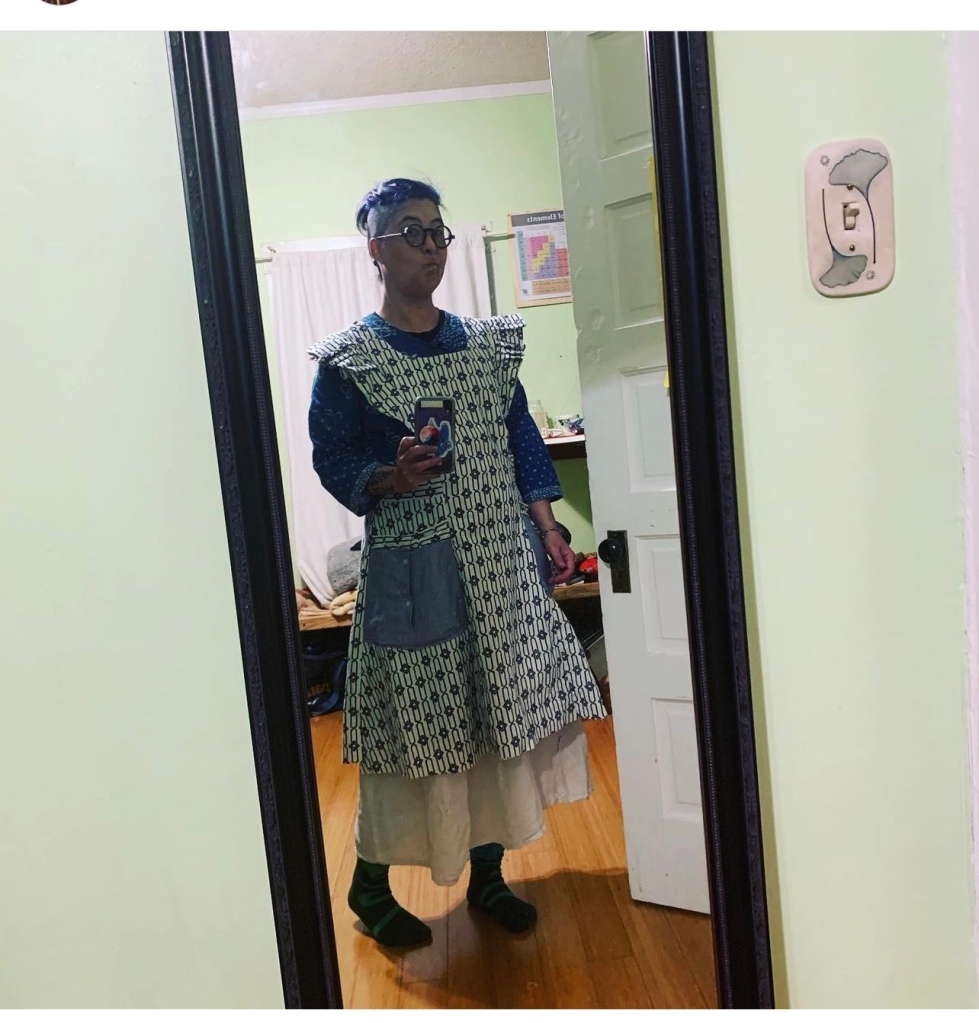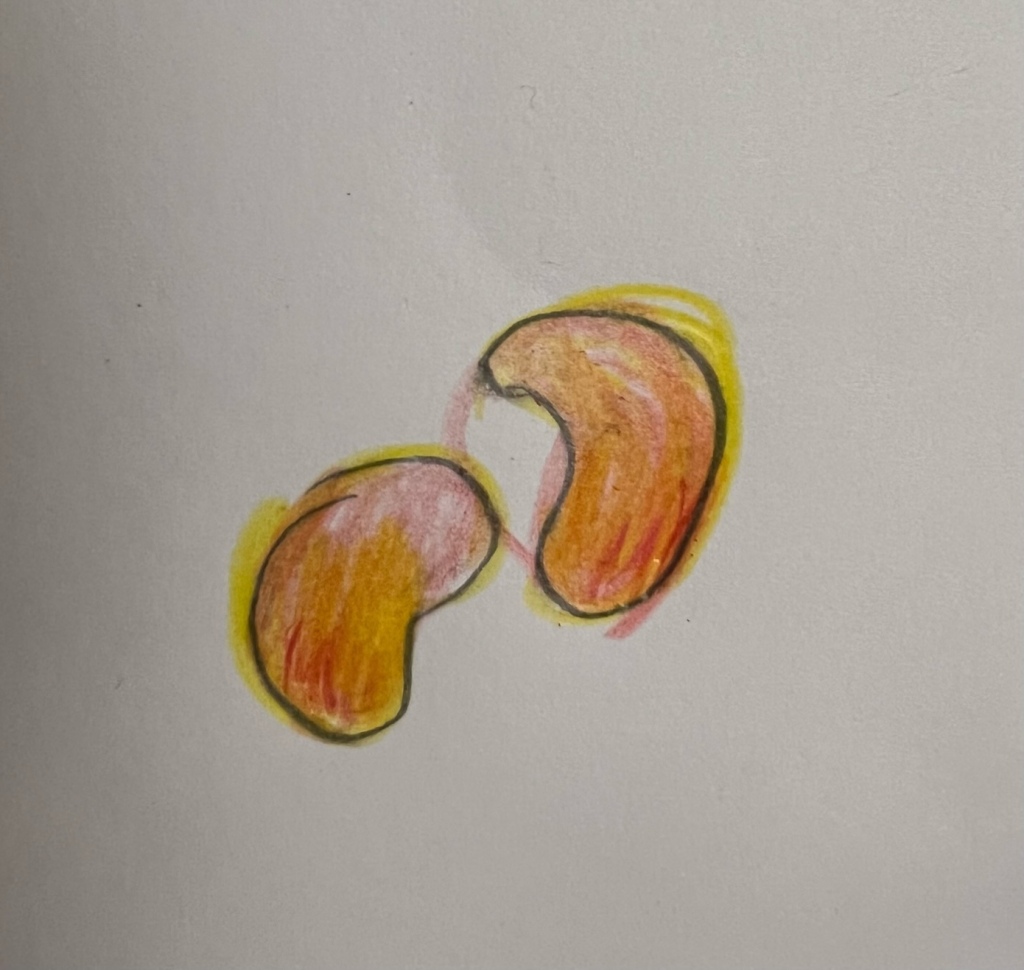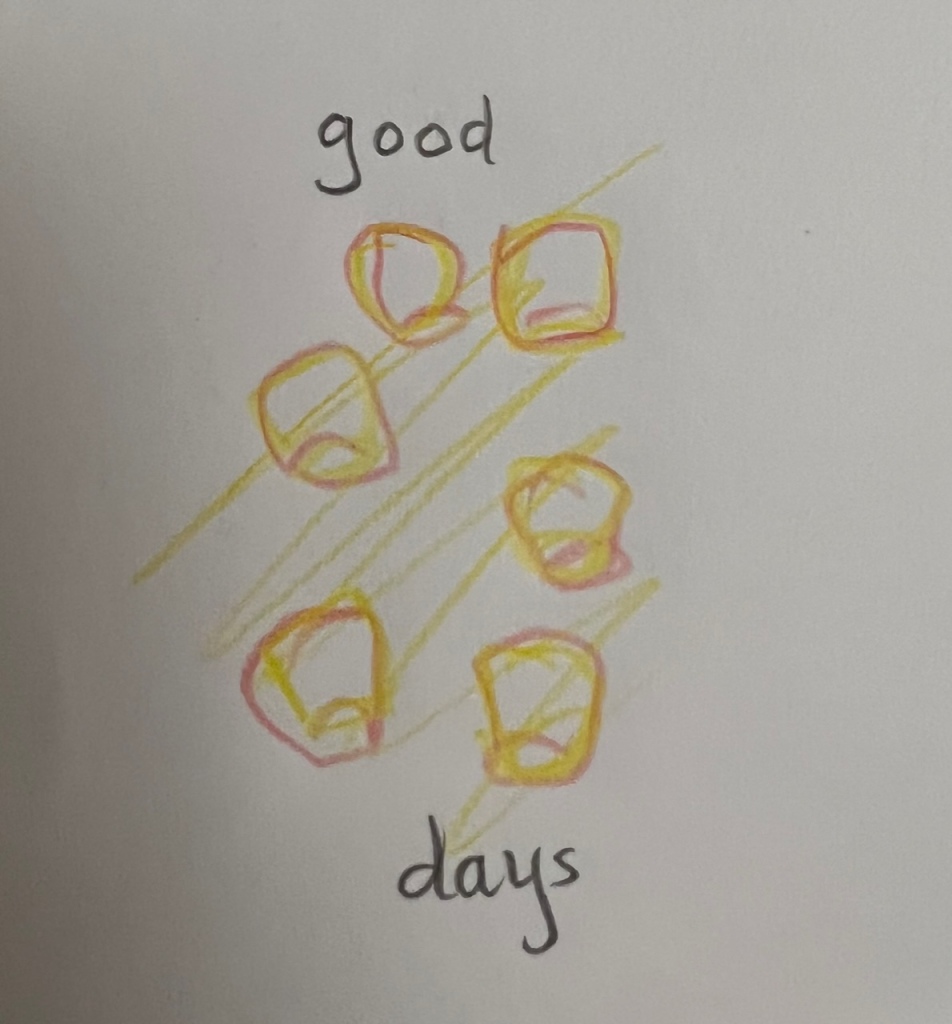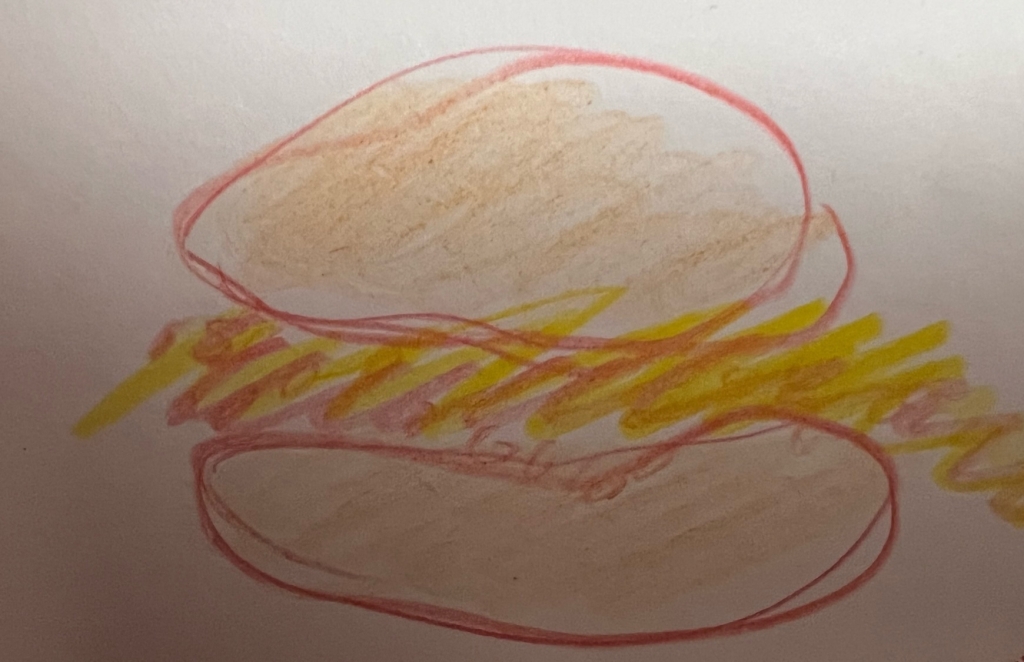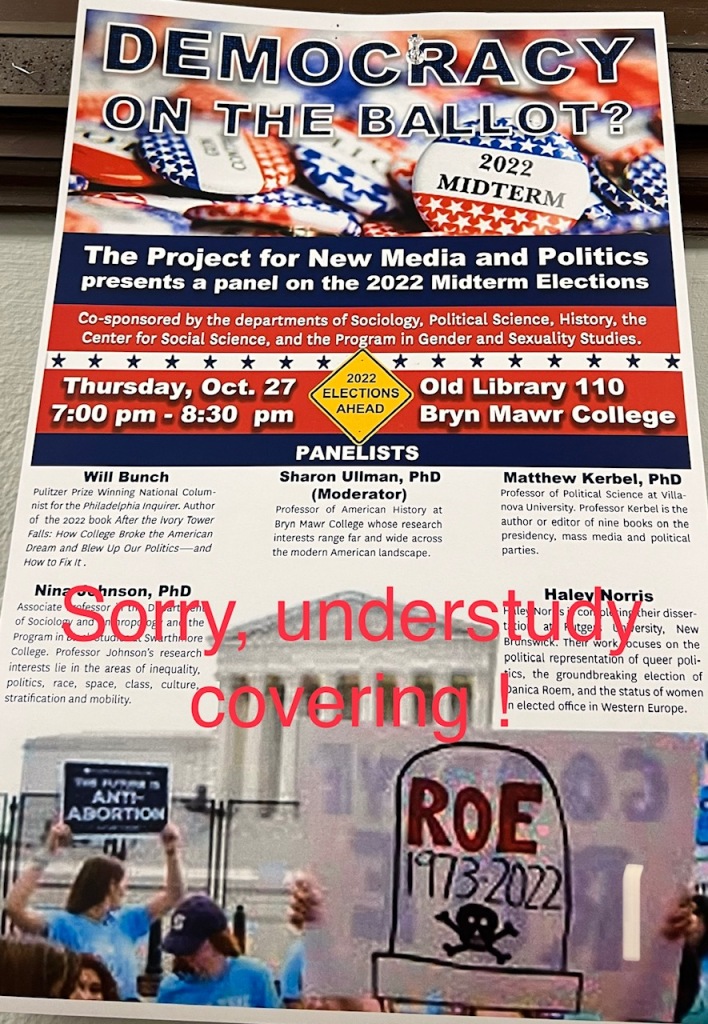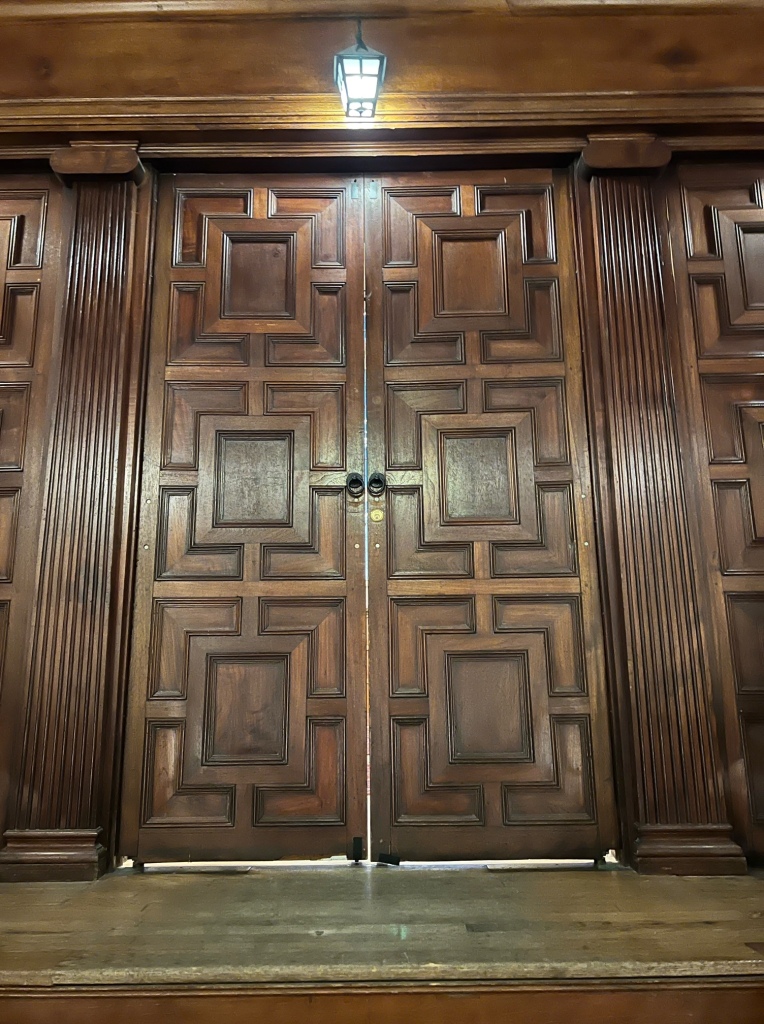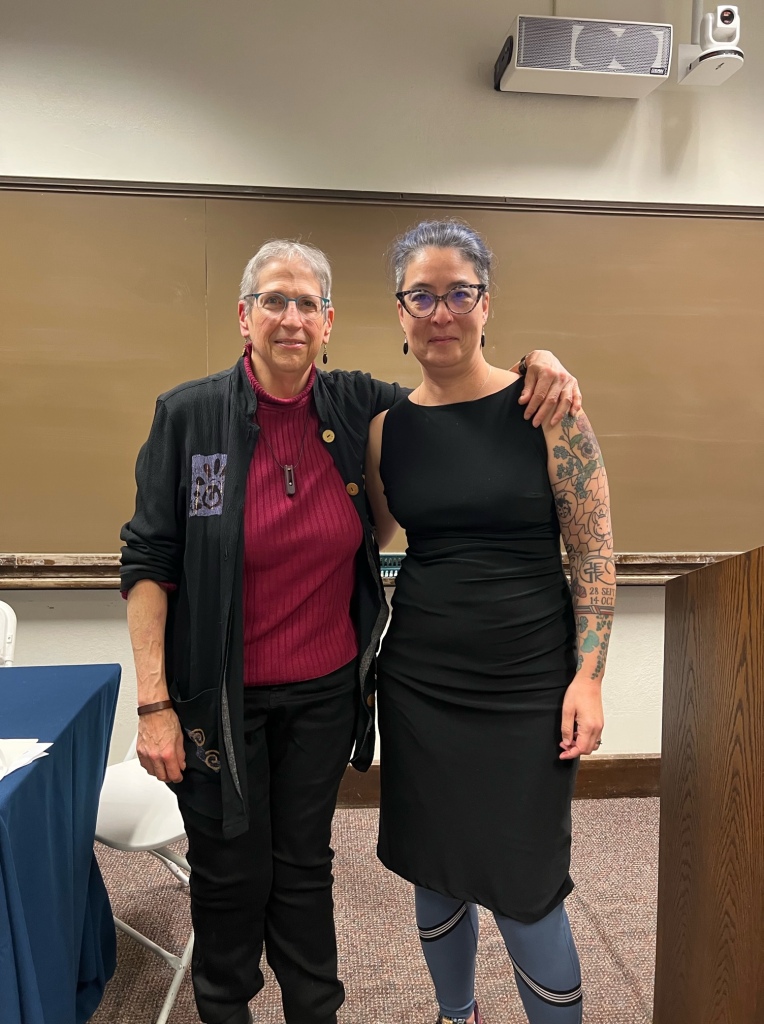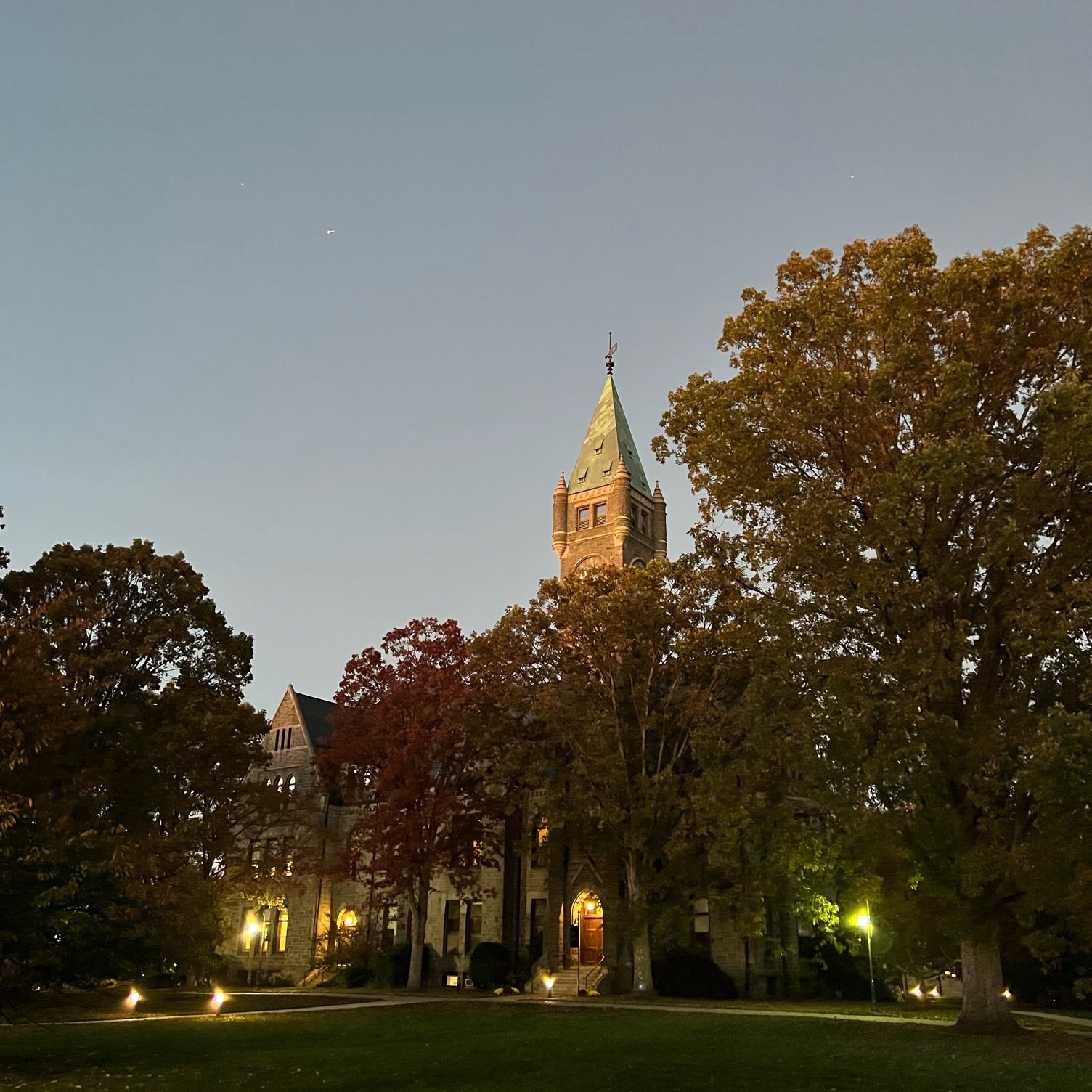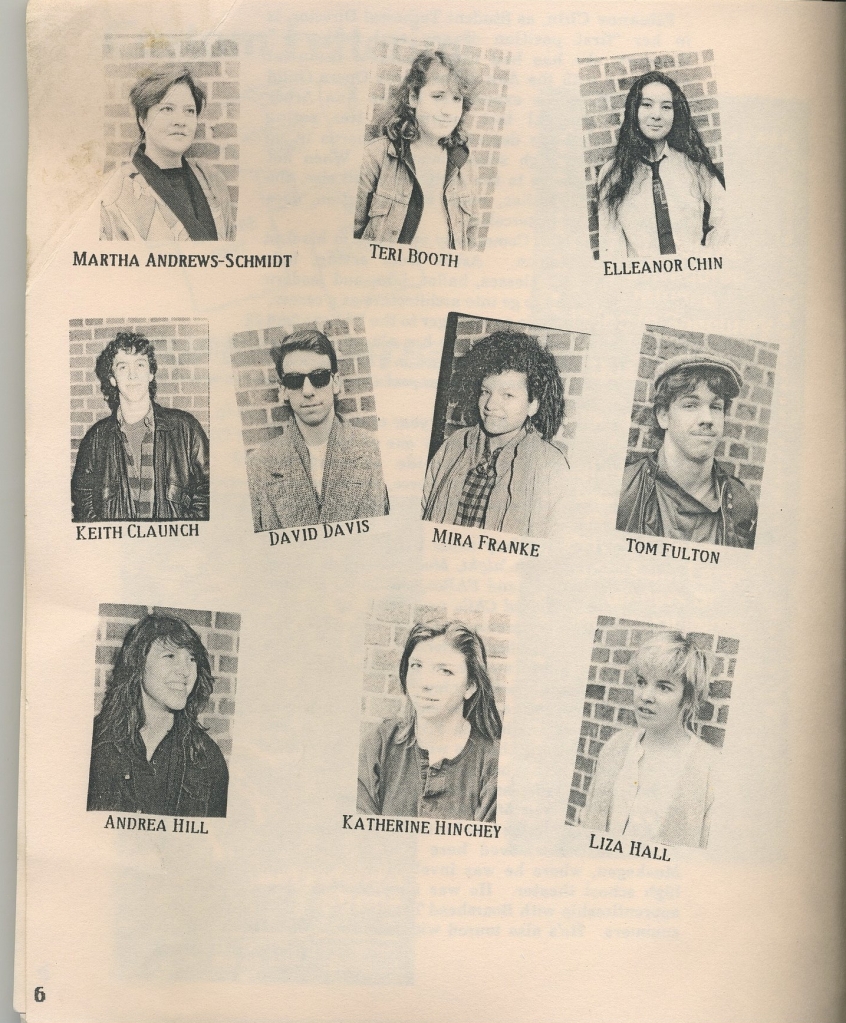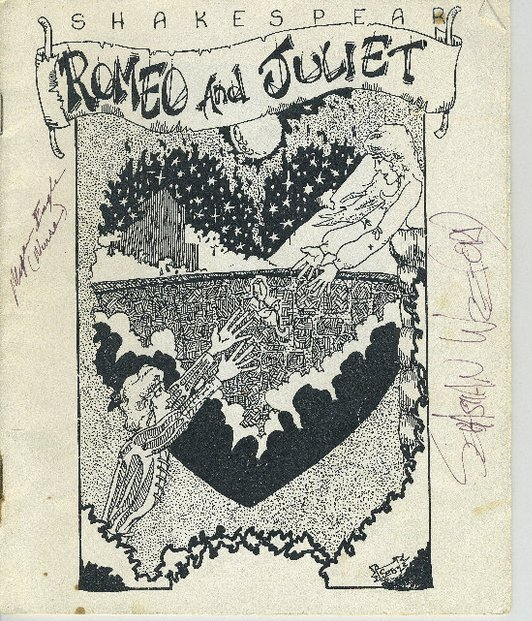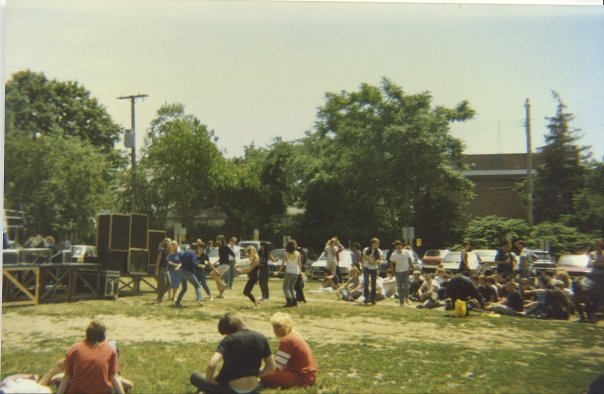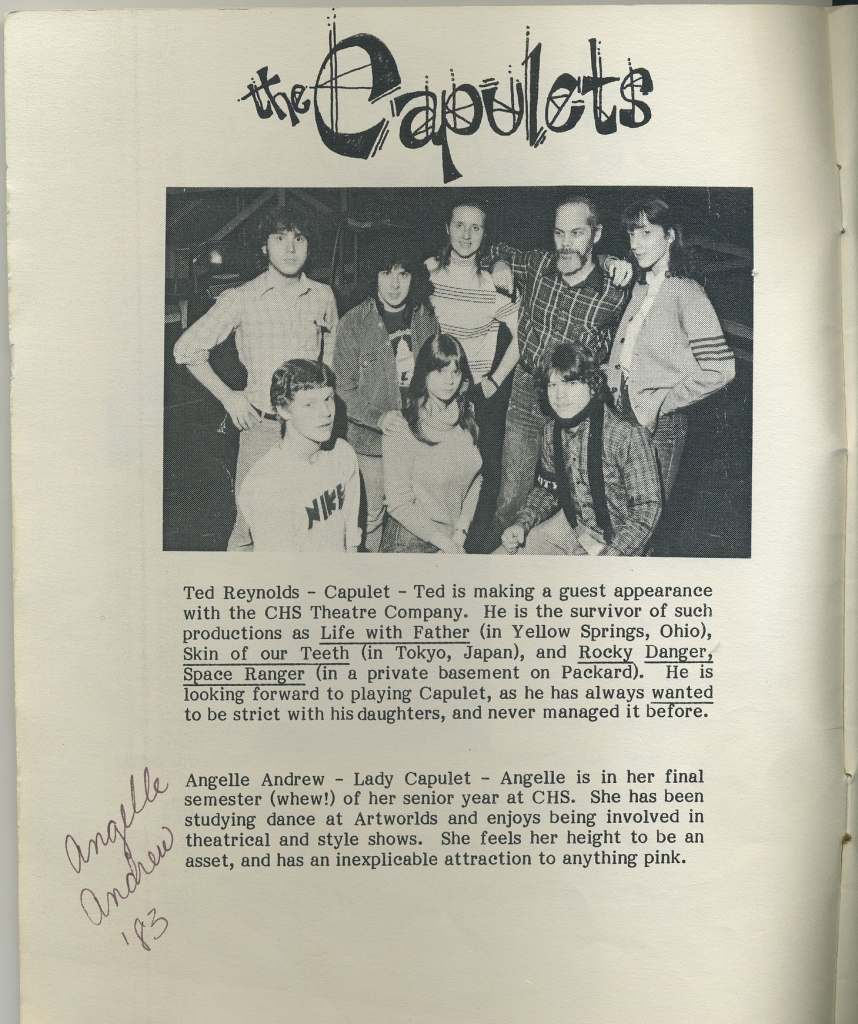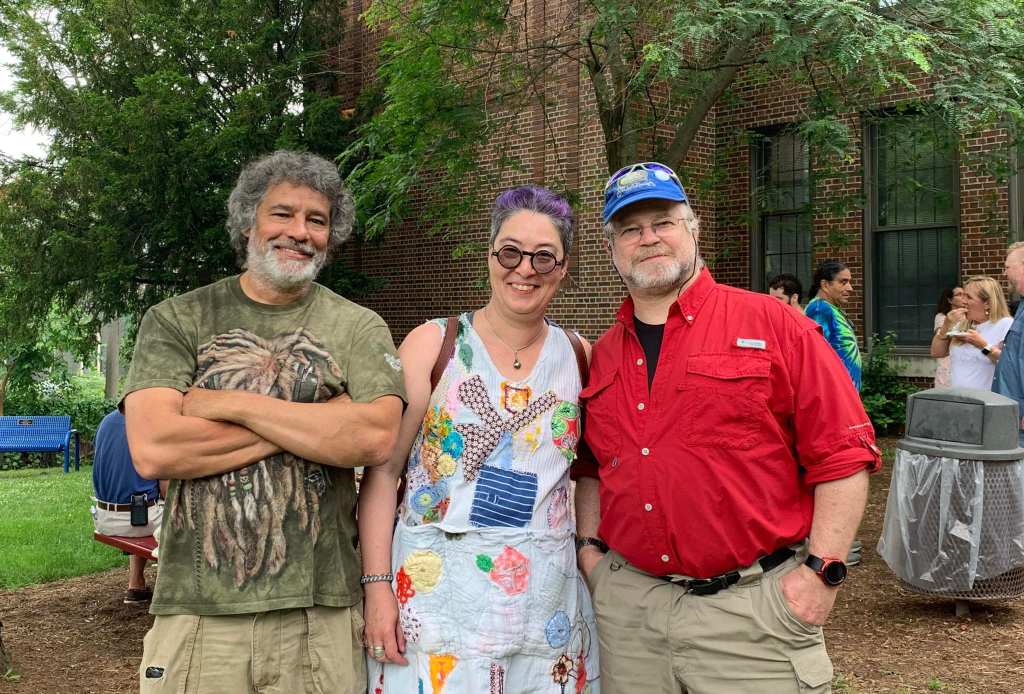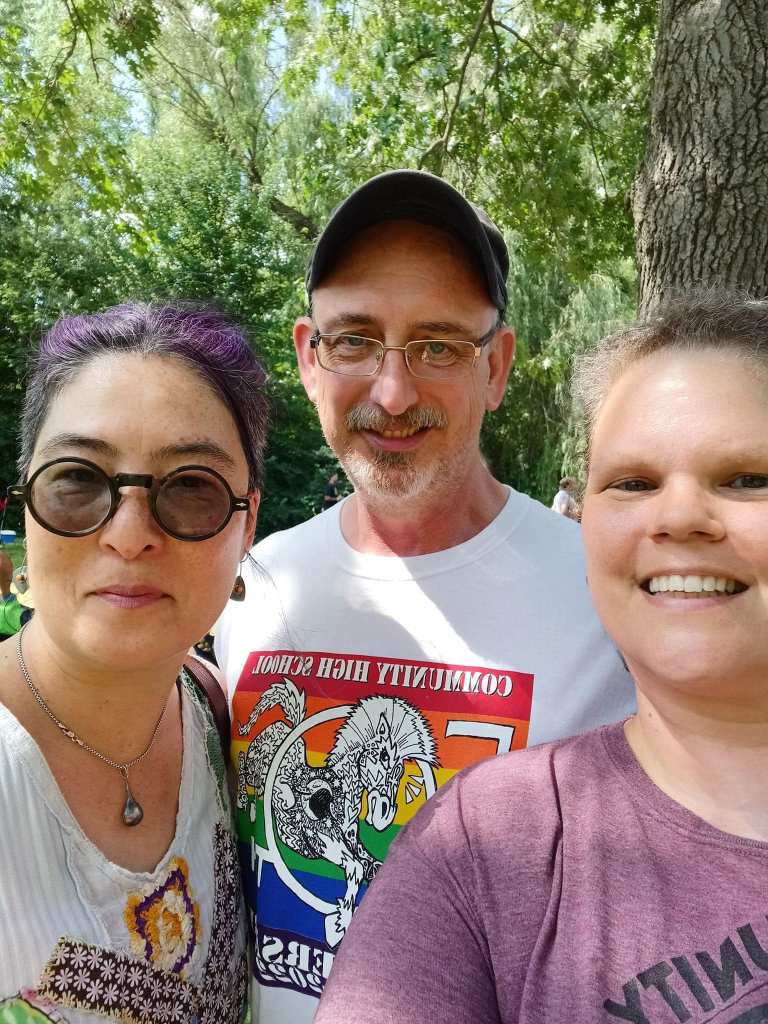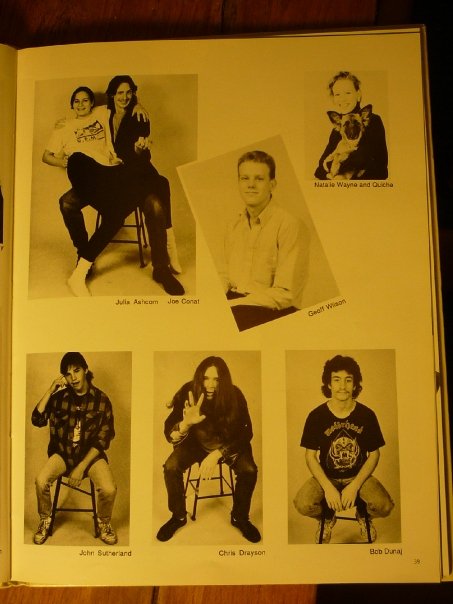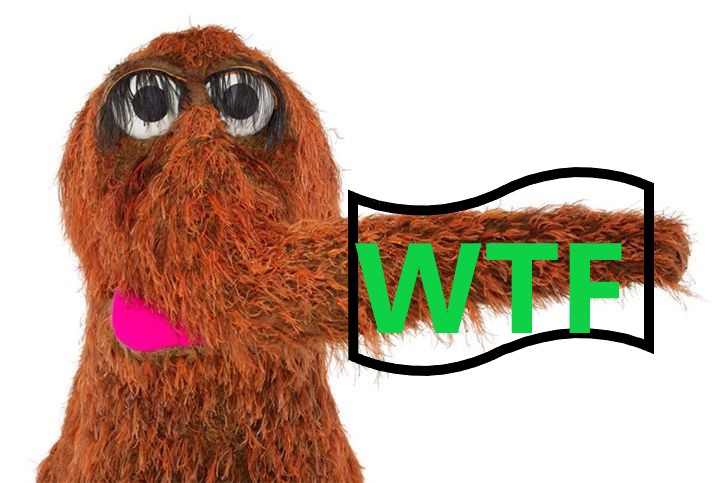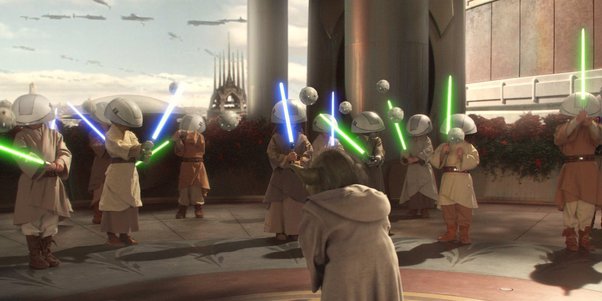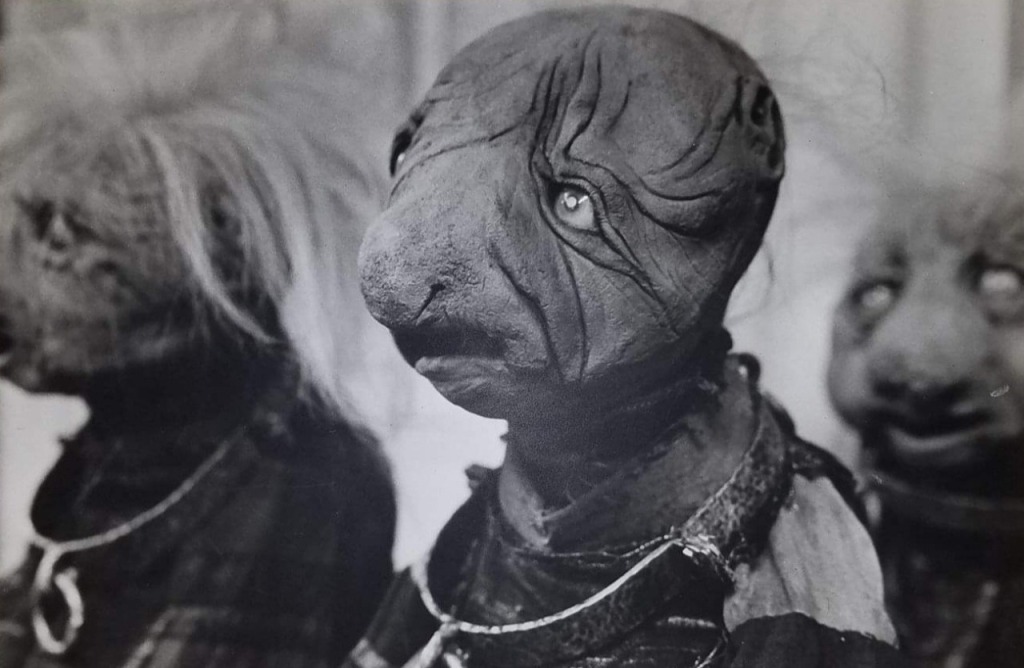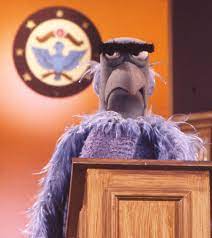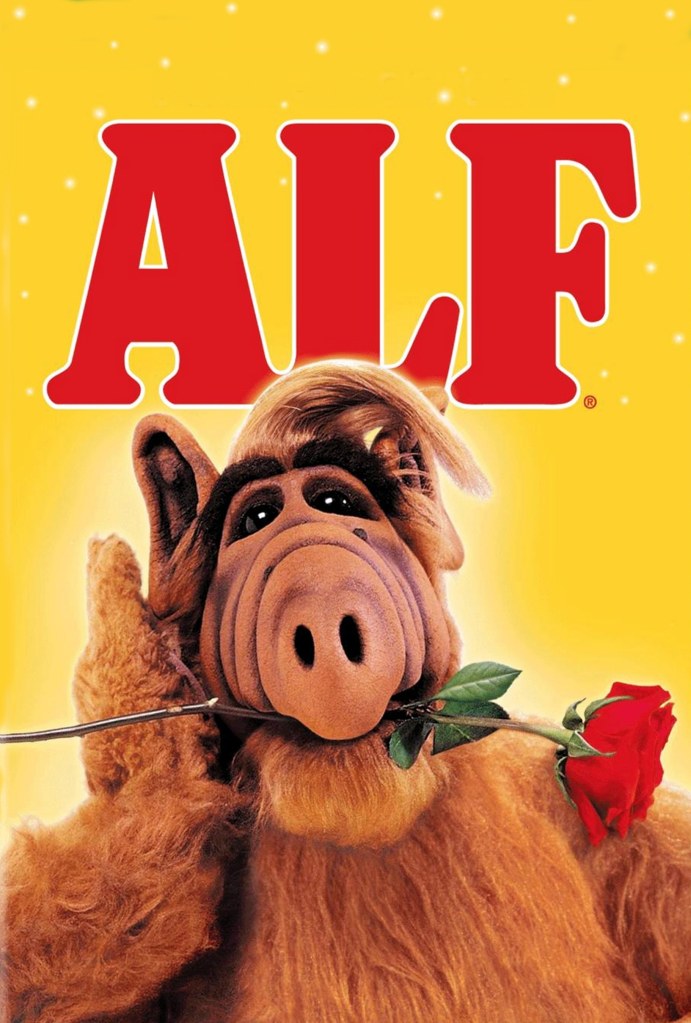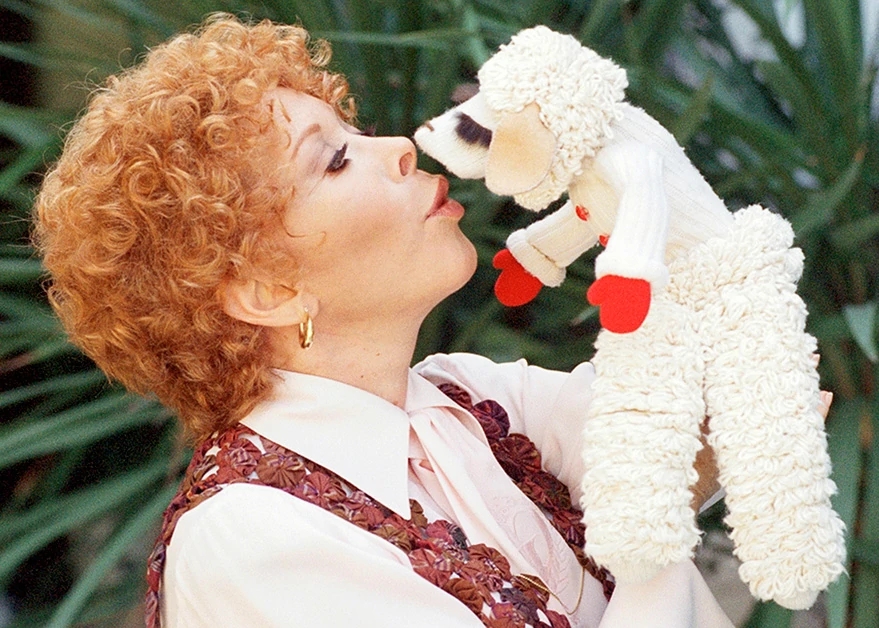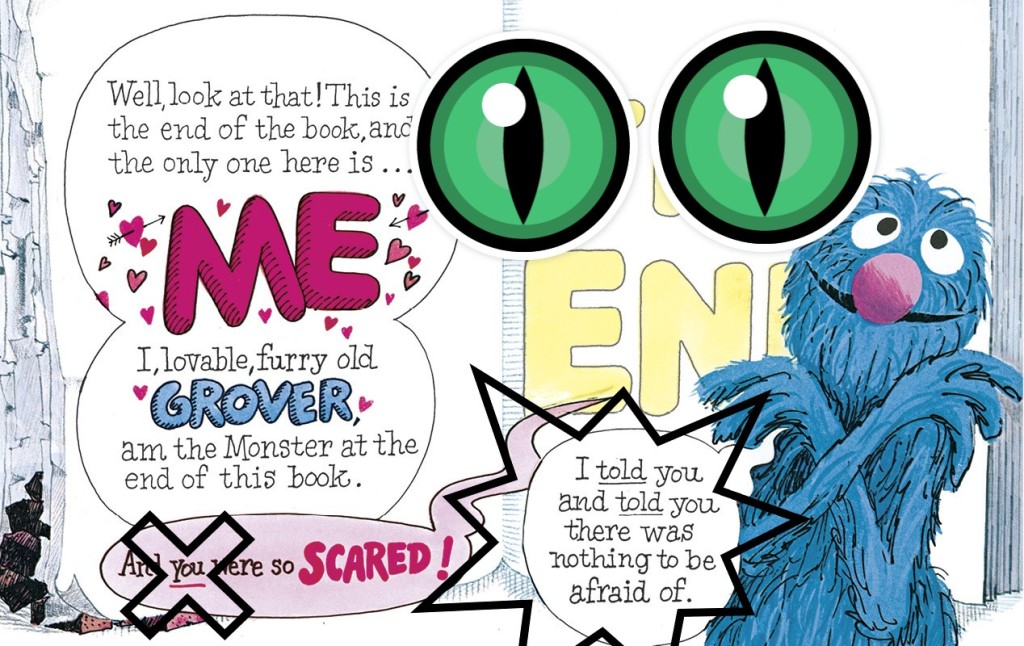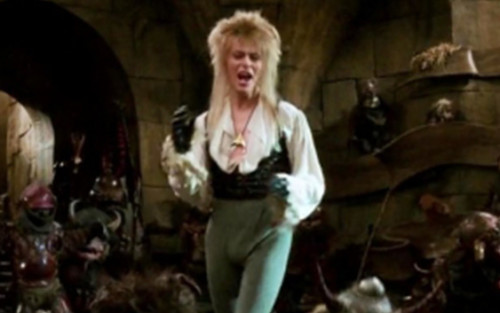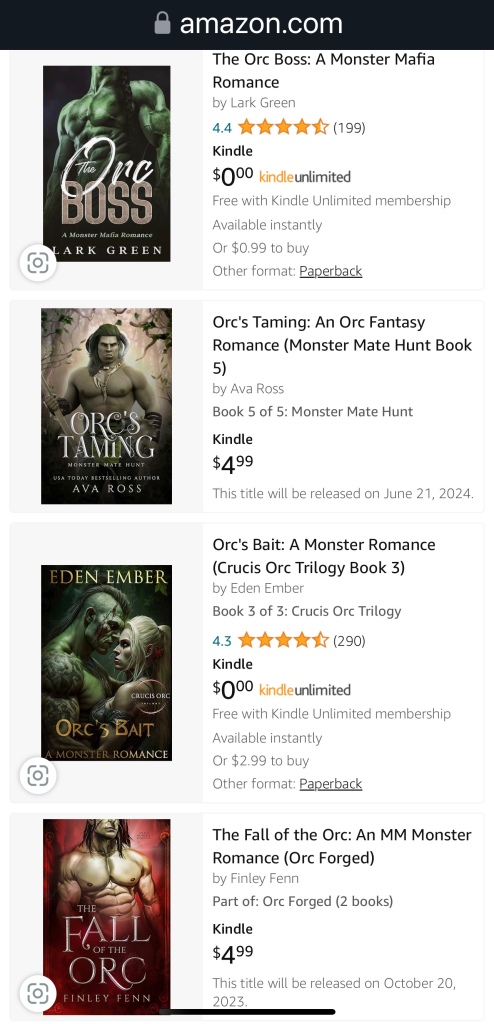
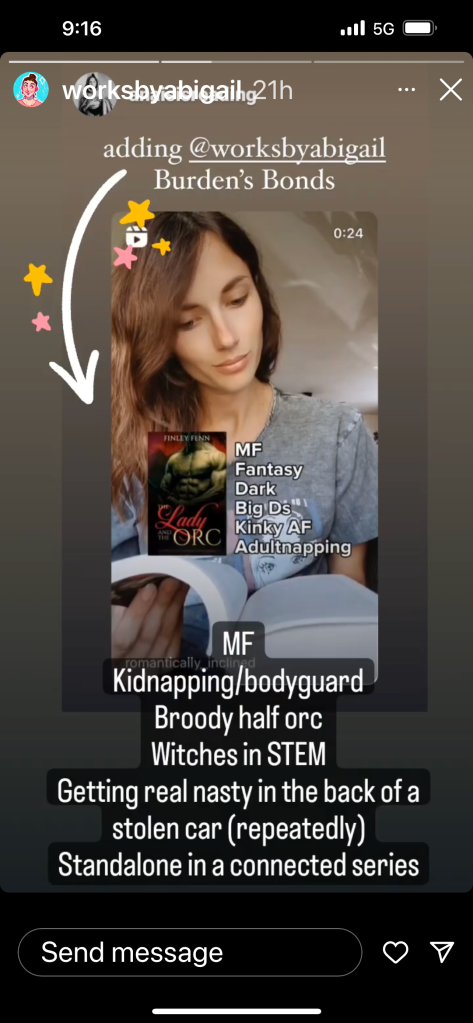
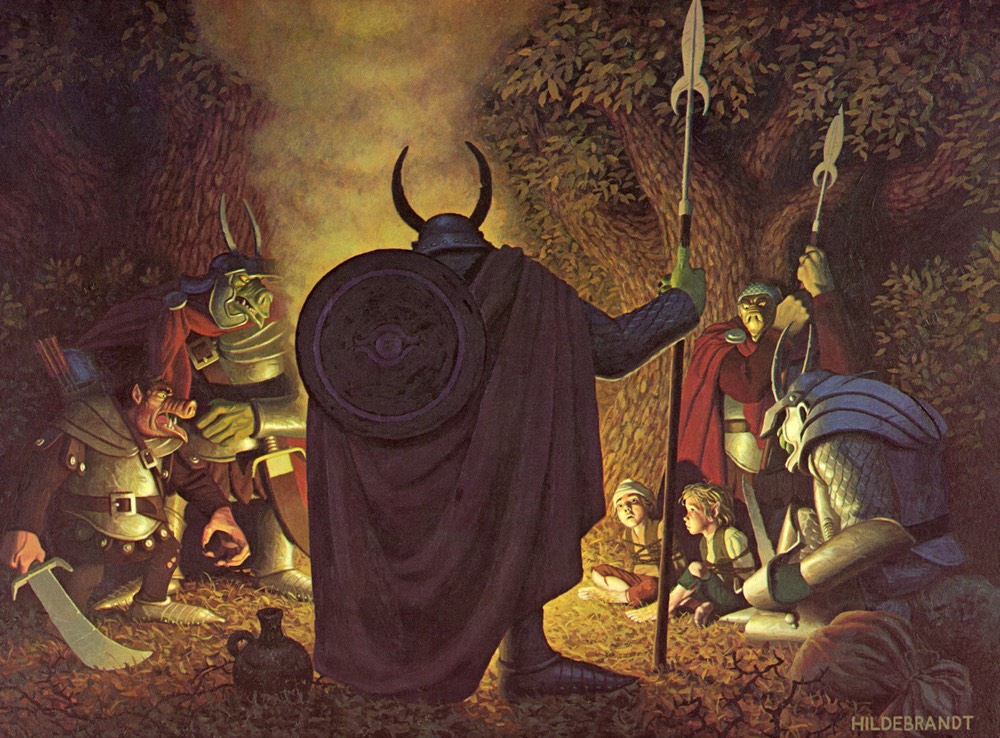
Left to right (1) random screen cap of what you get if you search “orc” in kindle (2) screen cap of a re-gram of a fantasy romance fan talking about her favorite orc books (3) part of a Brother Hildebrandt painting illustrating Tolkein orcs menacing hobbits
About 9 months ago I began seriously asking myself “dang, what it is with white ladies and orcs”? Now here we are: according to the Fantasy Romance Community it is Orc-tober. Given the fetishization of orcs, that’s basically like saying it’s Dicktember. To be followed by Jizuary.
Until eleven months ago I had no idea that orcs warrant an entire erotic genre. It’s possible I knew that minotaurs were A Thang, but minotaurs’ whole origin story is sexual. And of course of I knew about vampires. They’re passé at this point.
Spicy fantasy about elves, fae, gods, and monsters has been around as long as there’s been folklore, in one way or another. Modern “romantasy” has (mostly human women) getting it on with not just the clasic “pretty supernaturals,” but Every. Thing. Else. Trolls, nagas, gargoyles, kraken, mermen, demons, and werecats. Science fiction romance mostly means space aliens that approximate all of the above and more.
And then there’s orcs. There are authors who have 6 or 7 books about just orcs and authors who have multi-species supernatural worlds with orcs being just one type of sexy neighbor, but in my non-scientific observation, erotic fiction about orcs in particular is weirdly prevalent. For every book about a lizardman, lionman, gargoyle, undead wizard, dragonshifter, or minotaur there are two or three about orcs. And there is all kinds of stuff going on with those beefy, green guys with underbites. And I’m 100% serious when I say orc erotica is the most racialized fantasy writing I’ve read in years.
There is whole series out there that deploys every trope and stereotype that was used in the 20th century United States to enforce sexual segregation of black men from white women. Except instead of the white men successfully attacking the entire sexuality and public safety of black men, and permanently depressing the sexual agency of white women, large numbers of white (human) women discover all the bad stuff is rumors put about by toxically insecure white (human) men, and all the good stuff is just true.
The orcs are stronger, sexier, *ahem* bigger, and–amazingly enough–not rapists. Both the transgressive fantasies and reactive fears about the hypersexualized menace of the Dark Other gets wrapped up in a happy ever after. Dude, it is So. Strange… If you’re curious, it’s called the Orc Sworn series and appears in two of the screen caps above, but honestly, it freaks me out. There is one whole book about reproductive coercion of human women by human men in which the human men use pregnant women in an attempted genocide against orcs. It is very much not recreational reading in a post-Dobbs world. Also the author is into exhibitionism (which, fine, just not particularly amusing for me) and I find her writing about actual sex kind of annoying. I think she’s going for dark and edgy but it’s mostly just dank and repetitive.
A less traumatic but very similar orc centered series resurrects the “noble savage” tropes of the 1980s bodice busters where various brown heroes are rumored to be savage kidnappers, but turn out to be just really manly treehuggers or whatever. The orcs go around rescuing the human women from the sexual horrors of economic vulnerability and bring them to happy orc land where everyone is anticapitalist and the orc men supply both birth control and good oral sex. That author writes graphic sex with an upbeat Saturday morning cartoon vibe.
Why is a bunch of horny stories worth thinking about anyway? And what do I mean about the white women? It could be anyone behind the formulaic nom de plumes (noms de clavier?). Because the world is terrible and terrifying and my day job requires me to think and read about some really bad stuff. I cope not just with the most escapey of escapist literature, but by picking apart the layers of the stories. And race is always one of the layers, along with gender and agency (both intimate and economic).
Taking a step back here, I am of the first D & D generation. The leading illustrations of Tolkien in my youth were the Hildebrandt brothers hippie pre-Raphaelite folkloric take. Orcs were not sexy. They were creepy. They might be impressively menacing in large numbers, but they were explicitly and implicitly gross: dripping or crusty and reeking. This is to be expected, since they originated as Tolkein’s not at all subtle amalgation of Mongol hordes and jackals.
However, the late 20th century also had sexy Boris Vallejo barbarian. Arnold Schwarzenegger’s cinematic debut as Conan drew on titillating aesthetics of under-clothed muscled men brandishing big swords over their heads while also managing to draw the eye to their fur and chain loin cloth. These men accessorized with scared women who had very improbable tits. There was definitely sexual messaging there but it was highly unsafe and problematic if you were a woman. Then the crossover happened.
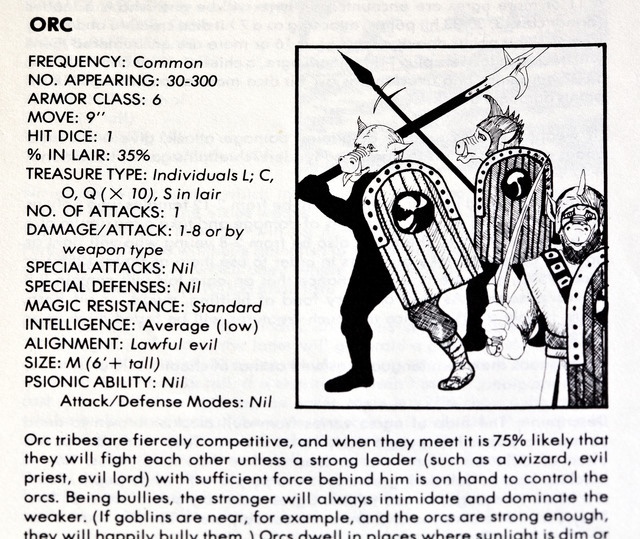
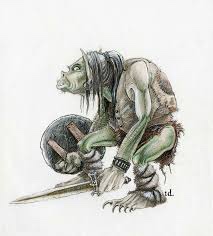
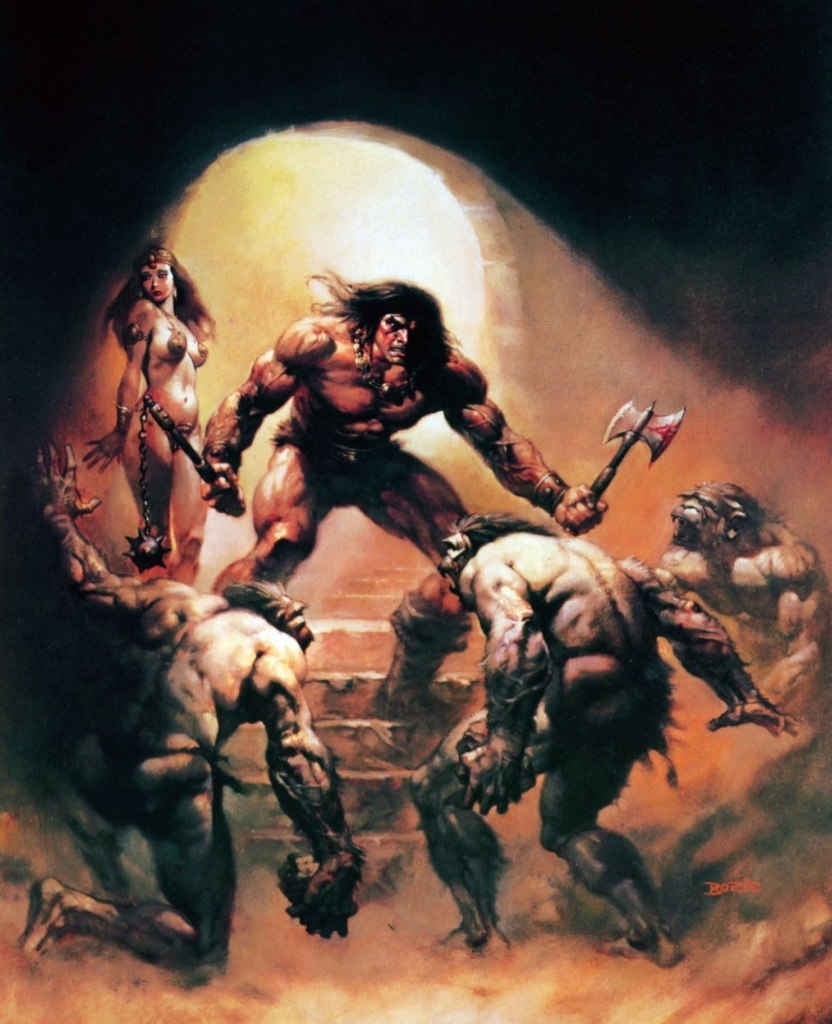
left to right (1) the character stats for orcs from the original D&D monster manual; (2) google search for “orc”; (3) Boris Vallejo illustration of Conan the Barbarian
A friend of my theorizes that some of this is Peter Jackson’s fault with his genetically engineered pumped up Saruman orcs. Warhammer and The Hulk probably have something to do with it too. Orcs now look like Conan. How they act depends on the brand of fantasy the author is peddling.
Fantasy writing, done correctly, is the dream shared between the writer and the reader. How people dream of otherness depends in part on their experience of being othered. I’m a mixed race woman who does not pass and I have plenty of accrued trauma from being in relationships with cis men. Not only am I married to a man, my mother was too. Heterosexual relationships are probably three of the top five sources of intergenerational trauma for cis women. All of that to say I am not going to throw shade on anyone’s kink or cope. But I have questions!
Would women of color write worlds in which chattel servitude is simply a plot device to further romantic partnership? The amount of times slavery comes up in romance novels is pretty freaking creepy, and while lack of economic and legal agency is common to womanhood across cultures, being abducted, trafficked, and reproductively dehumanized on the basis of race is not theoretical or fantastical for Black women. I get the uneasy feeling that slavery plots in paranormal romance edge into the problematic treatment of sexual assault by HBO screen writers: unexamined exploitation of trauma to supercharge the drama without regard to the weight or context of the violence.
Why do these more powerful, desirable species all seem obsessed with human (white) women? The protagonists are white women at a ratio of about 15:1. In multi book series, you can see the conscious effort, usually at about book six, to include a one human woman with pigment (and possibly a sensitivity read in acknowledgements). Also, where are all the orc women? In at least one series they literally don’t exist, which is a nice guilt-free solution to the knotty problem of exogamy, status, and sexuality. If you read much paranormal peen lit, you’ll see what I did there.
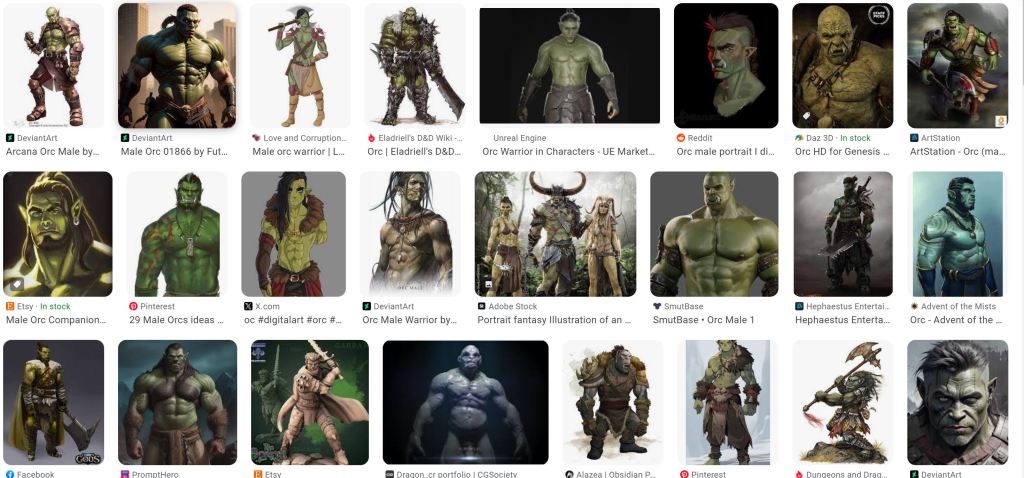
Google search results for “male orc” – see what I mean: It’s a bunch of Incredible Hulk/Conan/Beauty and the Beast kink.
“Fantasy” is desire. It doesn’t just mean magical creatures, or longing for a powerful partner who will protect, satisfy and nurture. For some of us the speculative, optimistic hook is multiculturalism, universal basic income, and clean energy. I do have a certain soft spot for a good traditional high fantasy epic setting, but high stakes plots are hella stressful. The orcs and magic romances that that keep me from falling into the abyss are the ones with a modern multi-ethnic society that happens to be populated by elves, harpies, ogres, and witches. Being an orc is sexy in much the way being Italian is sexy, except ethnic essentialism is more excusable where everyone is actually a different species. Orcs can be IT guys, financial advisors, bar tenders, or small business owners. Elves are more often than not prissy old money assholes, but they can also be engineers or HR professionals.
No surprise, there mega shitty modern orc romances. I have ventured into this territory with considerable curiosity and reserve of goodwill and some books are so bad I avoid everything by authors who even look like they share a cover artist. The space in my life for bullshit is limited and there are many demands on that capacity. But the authors whose art and work I go out of my way to support seem to cluster in this sub genre. Elsie Winters I wrote up in some detail in the previous post, C.M. Nascosta is another. Abigail Kelly has an orc side character in her New Protectorate series whose own book is coming out in a month or two and I will have a whole lot to say about the world and the characters then, but in the mean time:
[H]is pretty face was almost always set in a neutral, borderline disinterested look both men and women couldn’t seem to get enough of. But he was an orc, Theodore wasn’t surprised. Everyone thought orcs were attractive.
Consort’s Glory, Abigail Kelly (2022)
(emphasis in original)

